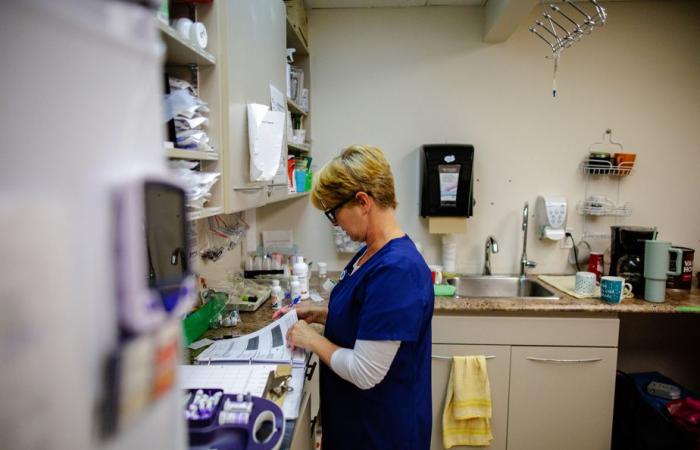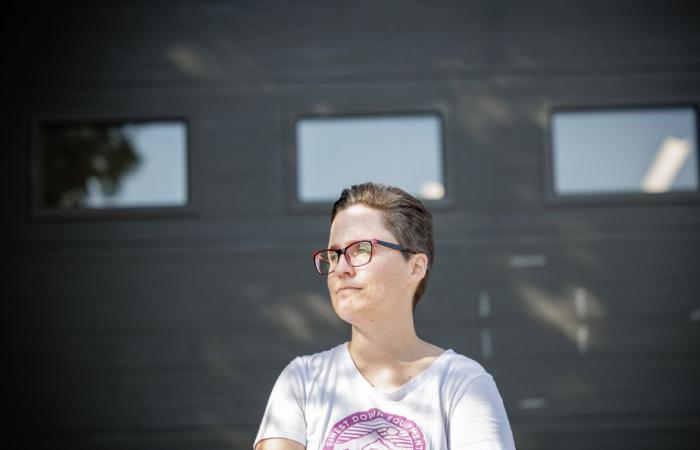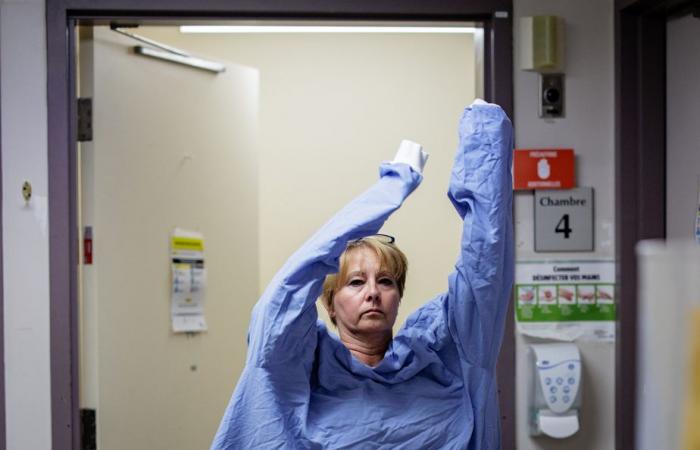(Senneterre) “We don’t know what we would do without our CLSC, we missed it so much when it closed. »
Published at 5:00 a.m.
Georgette Gauvin Montreuil waits quietly in the corridor of the multi-service health and social services center in Senneterre, in Abitibi-Témiscamingue. The gray-haired lady is waiting to see the doctor.
Here, the facilities are halfway between a CLSC and a small hospital. In addition to prevention and front-line services, the premises house four short-term hospitalization beds and an emergency room open 24 hours a day, 7 days a week.
Not far from her, the medical staff are busy. A patient must be transferred by ambulance to Val-d’Or, approximately 70 kilometers away. This is the daily lot of Senneterriens, used to traveling across the immense territory of the region to receive health care.
PHOTO OLIVIER JEAN, THE PRESS
A patient is transferred by ambulance to Val-d’Or.
But the situation has already been much worse. In October 2021, while the pandemic is still putting pressure on the network, the CISSS de l’Abitibi-Témiscamingue (CISSSAT) deploys a vast contingency plan.
The emergency rooms of the municipality of some 3,000 residents will be closed 16 hours a day, starting at 4 p.m.
The affair caused a stir in Quebec. The community is mobilizing. The former mayor travels to the National Assembly to demand a meeting with Minister Christian Dubé. At the end of November, a man died during a service outage.
It’s the shock wave. The municipalities in the sector and their economic corporation are taking matters into their own hands and putting $80,000 on the table to recruit nurses. It is the current mayor of Senneterre, Nathalie-Ann Pelchat, who personally goes through the CVs
“It was catastrophic,” recalls the elected official.
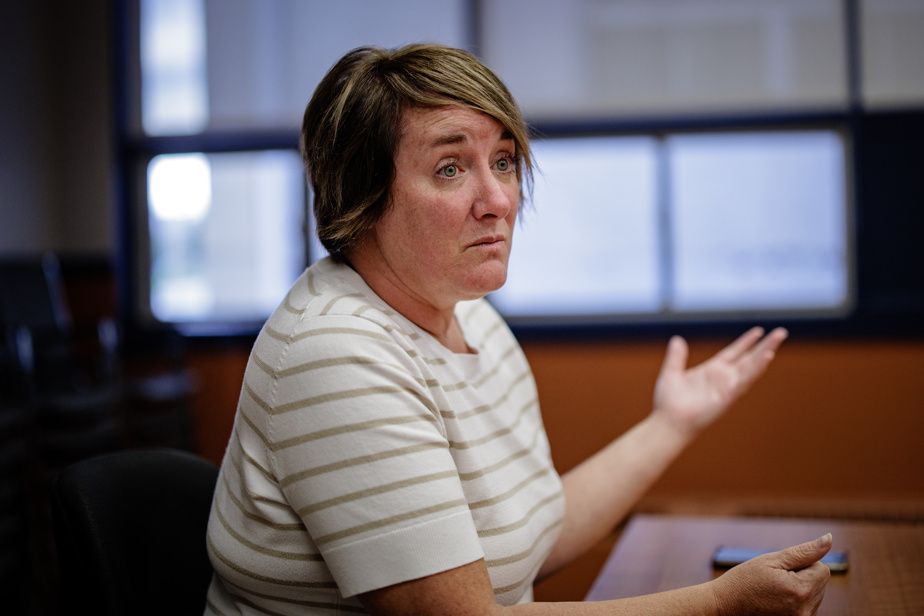
PHOTO OLIVIER JEAN, THE PRESS
Nathalie-Ann Pelchat, mayor of Senneterre
The Press went to Senneterre to return to this mobilization which made it possible to save the emergency. More broadly, we also wanted to understand how CISSSAT addresses the labor shortage in this remote region which, by 2026, will no longer be able to rely on independent labor.
The great seduction
It’s past 4 p.m. on this late summer day. In Senneterre’s little emergency, it’s a change of shift. Michèle Marois and Manon Martin take turns. In addition to being colleagues, they share another point in common: they were seduced by the offensive launched by the community.
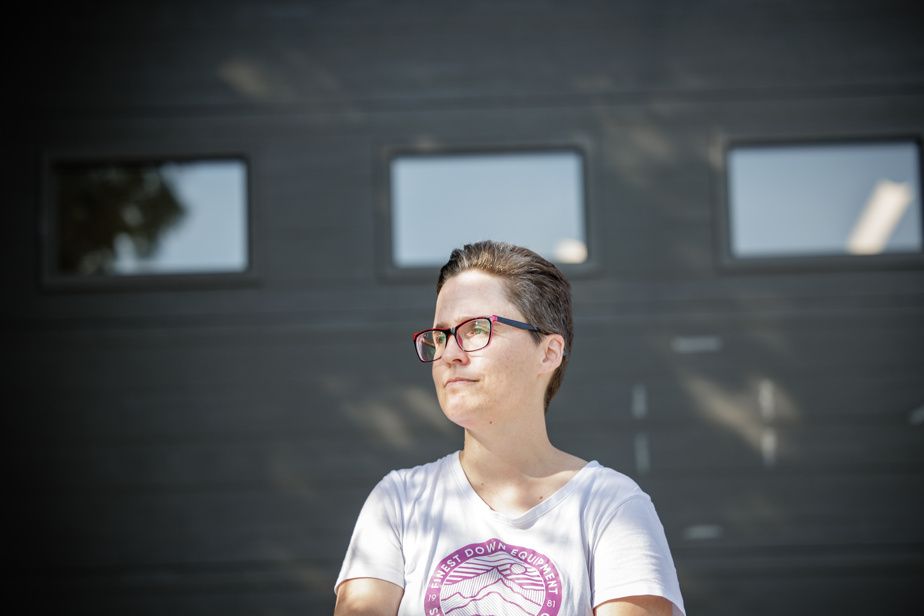
PHOTO OLIVIER JEAN, THE PRESS
Michèle Marois, clinical nurse in Senneterre
Michèle Marois was working for the James Bay regional health and social services center in Lebel-sur-Quévillon when she learned of the crisis hitting Senneterre at the end of 2021. “I saw it on the news , basically, that they were looking for nurses,” relates the 41-year-old woman.
“I heard that there is help from the municipality, I inquired and it suited me,” summarizes the woman who was looking for a new challenge.
The “Senneterre pole”, which brings together the municipalities of Belcourt, Paroisse de Senneterre and Senneterre, has just launched a recruitment campaign on a provincial scale.
The move comes as CISSSAT refuses another proposal from the community to keep the emergency open. At the time, popular pressure increased at a time when the community was struggling to recover from the death of Richard Genest – the coroner concluded that the partial closure of the CLSC was not to blame in his death1.
“There, I picked up the phone and called the CEO. I said: “What do you need? Recruit? Perfect. How much ?” She told me three to four nurses,” relates the mayor.
The incentive program of up to $20,000 per nurse is getting underway. We offer a maximum bonus of $5,000 for the move, and $10,000 in gift certificates only redeemable in businesses in the “Pôle Senneterre”.
Finally, another sum of $5,000, still in gift certificates, will be paid if the candidate purchases a house in Senneterre.
The City is launching advertising videos promoting the attractions of the region. We also celebrate the arrival of the first caregivers in grand style.
“It weighed in the balance,” underlines Michèle Marois, who has to travel back and forth between Senneterre and Lebel-sur-Quévillon. She mainly used the financial assistance to purchase gasoline.
Originally from the Laurentians, Manon Martin worked in Abitibi-Témiscamingue for eight years for a placement agency before choosing to return to the network in 2021. She landed in Senneterre at the beginning of 2022.
A municipal councilor who has a small home under renovation gives it a good price, while it takes root.
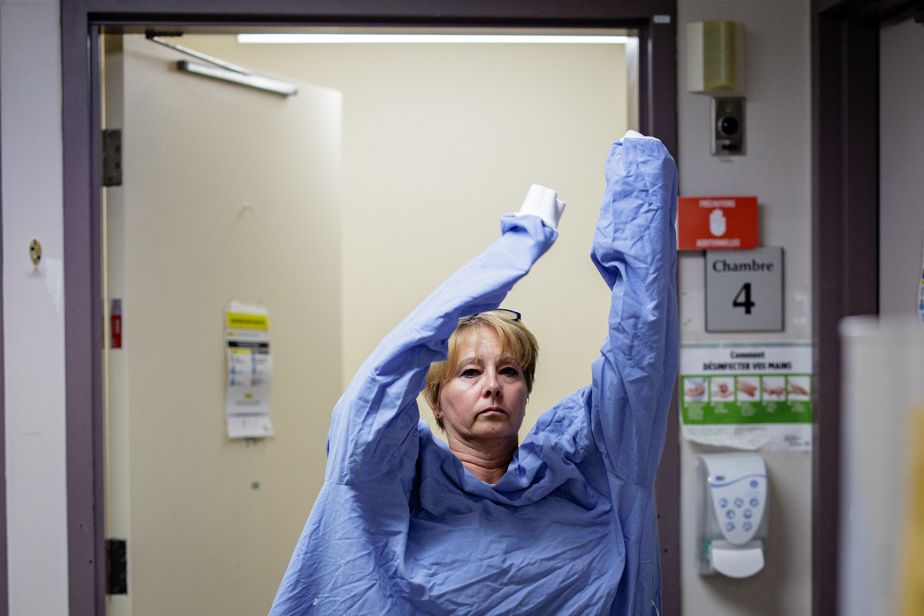
PHOTO OLIVIER JEAN, THE PRESS
Manon Martin, clinical nurse in Senneterre
You have to pay for your other house, you make the trip, there are plenty of things that you pay for double, so it sure helps, the incentives.
Manon Martin, clinical nurse in Senneterre
“If there are people who think that we are making money with this: no, because you have costs that come with the decision to move here,” adds the 61-year-old woman. She fell in love with the region and recently had a house built in Senneterre.
In total, the “Pôle Senneterre” program cost $40,000 to hire three nurses. The emergency rooms were able to be fully reopened on March 7, 2022 and still are.
However, the situation remains very fragile, we were told.
“It doesn’t work”
In Abitibi-Témiscamingue, where large companies are competing for workers, the shortage is a constant concern. “We will need specific levers and measures because, currently, despite many things that have been tried, it does not work,” bluntly admits the president and CEO of CISSSAT, Caroline Roy.
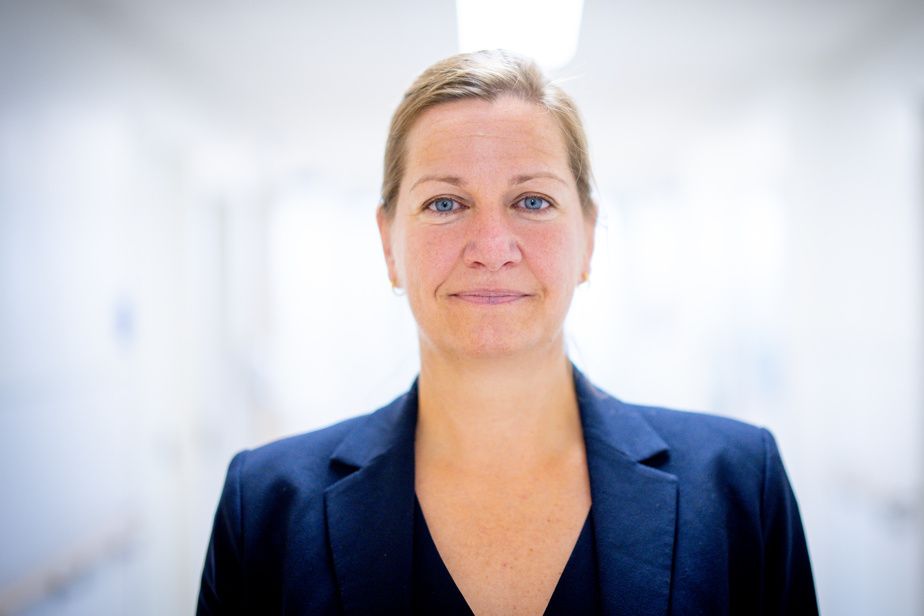
PHOTO OLIVIER JEAN, THE PRESS
Caroline Roy, President and CEO of the CISSS de l’Abitibi-Témiscamingue
We don’t have enough people coming to settle here and our regional labor pool is not sufficient to renew itself.
Caroline Roy, President and CEO of the CISSS de l’Abitibi-Témiscamingue
There is currently a shortage of 673 full-time healthcare workers at CISSSAT, including 190 clinical nurses, 103 auxiliary nurses and 252 beneficiary attendants. By 2028, these figures must be doubled: we will need 1,268 new caregivers.
“Since 2021, we have never returned to what we were before. We maintain levels of reorganization,” continues the CEO. Will we be able to return there one day? “Certainly not […]but it is not necessarily a loss,” she says, pleading gains in efficiency and technological advances.
In Abitibi-Témiscamingue, people are used to sticking together. The CISSS also sometimes manages to do well thanks to “community partnerships” to find housing or offer tailor-made training programs, for example. Their goal? “The lasting installation” of caregivers. Very little then for flying teams or “loans of service”.
“What is a collective responsibility is to come together with everyone to see what we can do to encourage the attraction, recruitment and settlement of people in our region,” argues M.me Roy.
But for cities to spend public funds to recruit is not normal, she believes. “We must have what it takes to promote sustainable installation everywhere without necessarily having to rely on these citizen mobilizations,” explains the big boss.
The mayor of Senneterre agrees: “To help, yes, I think [que c’est normal]. We are in a society where it’s hard for everyone, the workforce,” explains Nathalie-Ann Pelchat.
“But to take money out of our pocket, no. It doesn’t make sense for municipalities to be forced to give bonuses to our nurses. And the government knows that too,” she adds.
Learn more
-
- 500
- Number of consultations per four-week period in Senneterre emergency rooms
source : CISSSAT

